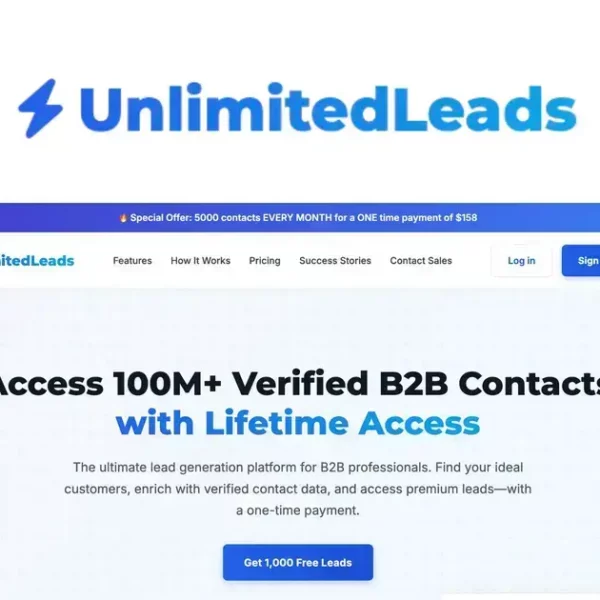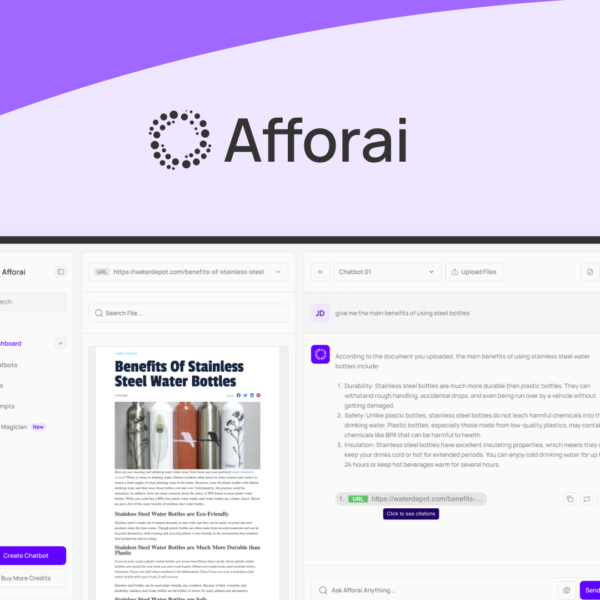SaaS Products can transform your business, but how do you choose the right deals? In this guide, we explore key steps to ensure your investments pay off.
Do Your Homework on the Developer and the Company
When looking for lifetime SaaS products, you need to do your homework. Start by checking the developer and the company behind the software. This isn’t just about brand names. It’s about their track record!
Why Company Reputation Matters
The reputation of a company tells you a lot. Companies with a history of delivering quality products are more likely to continue doing so. Look for reviews and testimonials from other users. Pay attention to both positive and negative feedback.
Check Their Background
Research the developer’s background. How long have they been in business? Have they built other software products? A solid history often shows reliability. New companies may be exciting, but they also come with risks.
Look for Transparency
A transparent company shares information about its products, roadmaps, and changes. This means you can trust that they are honest about what they offer. If a company hides information, it may not be a good sign.
Support and Community
Support matters too! Check if the company provides good customer support. A responsive support team can help you when you face issues. Also, a strong community around the product can offer tips and share experiences.
Check Recent Features Rolled Out

When it comes to SaaS products, always check recent features rolled out. New features can show how active a company is in improving its software. Keep an eye on updates that come along with the product.
Why New Features Matter
New features can enhance your experience. They can fix bugs, add tools, or improve performance. If a company frequently rolls out updates, it likely cares about user satisfaction. This kind of attention shows promise for long-term support and growth.
How to Stay Informed
Most companies list new features on their websites. Signing up for their newsletters can be helpful too. This way, you’ll get the latest news straight to your email. You can also follow them on social media for real-time updates.
Read User Experiences
Along with features, check what users say about them. Reviews can provide insight into how new features work in real life. Are they useful? Do they solve existing problems? User feedback is key when evaluating a product.
Testing New Features
If possible, try out new features yourself. Many companies offer trials or demos of updates. This gives you a chance to see if the changes improve your workflow. Testing can help you feel confident in your investment.
Look at Their Roadmap
When assessing SaaS products, it’s important to look at their roadmap. A product roadmap outlines the company’s future plans and developments. It can help you understand where the product is heading.
Why a Roadmap is Important
A clear roadmap shows commitment. It reveals what features and improvements are coming next. This can help you decide if the software meets your future needs. Companies that plan ahead are often more reliable.
What to Look For
Check how often the roadmap gets updated. Frequent updates suggest active development. Look for timelines that show when new features will be available. Also, pay attention to major changes or upgrades planned for the future.
Company Engagement
Find out if the company engages with its users about the roadmap. Some companies ask for user feedback, which shows they value your opinion. Being involved can lead to better products that fit your needs.
Real-World Examples
Look for companies that have successfully followed their roadmap. Many software firms share success stories illustrating how they delivered promised updates. This builds trust and shows the company can execute its plans.
Chat with Their Support

One key part of choosing SaaS products is chatting with their support team. Responsive support can make a big difference. When you have questions or issues, it’s good to know help is available.
Why Test Customer Support
Before you buy, reach out to customer support. This shows how quickly they respond. A fast reply can signal that the company cares about its users. If support takes too long, it might be a warning sign.
Ask Relevant Questions
Prepare a few questions to ask. You might inquire about features, pricing, or troubleshooting. Their answers can tell you a lot about how they handle customer needs. Make sure they provide clear and helpful responses.
Check Communication Channels
Look at how many ways you can reach support. Phone, email, and live chat options are ideal. A company that offers various ways to connect shows they want to be approachable.
User Experiences Matter
Don’t just take the company’s word for it. Check reviews about their support. See what other users say about their experiences. Positive reviews can strengthen your confidence in their service.
Decide Whether the Product Fulfills a Need
When considering SaaS products, decide if the product fulfills a need in your business. It’s important to know if the software solves a problem you have. Evaluating this can save you time and money in the long run.
Identify Your Needs
Start by listing your specific needs. What challenges are you facing? What tasks are taking too long? Write these down to have a clear picture of what you want to improve.
Match Features with Your Needs
Next, compare the product’s features with your needs. Do they align? If the software offers tools that solve your problems, that’s a good sign. Make sure the features match what you require for your tasks.
Try Before You Buy
If possible, take advantage of free trials. Testing the product helps you see if it meets your expectations. Pay attention to how it integrates with your current processes. This hands-on approach can clarify if it’s a good fit.
Ask for Feedback
Talk to your team or others who may use the product. Their input can provide valuable insights. If they see value in the software, it’s a strong indicator that it fulfills a need.




